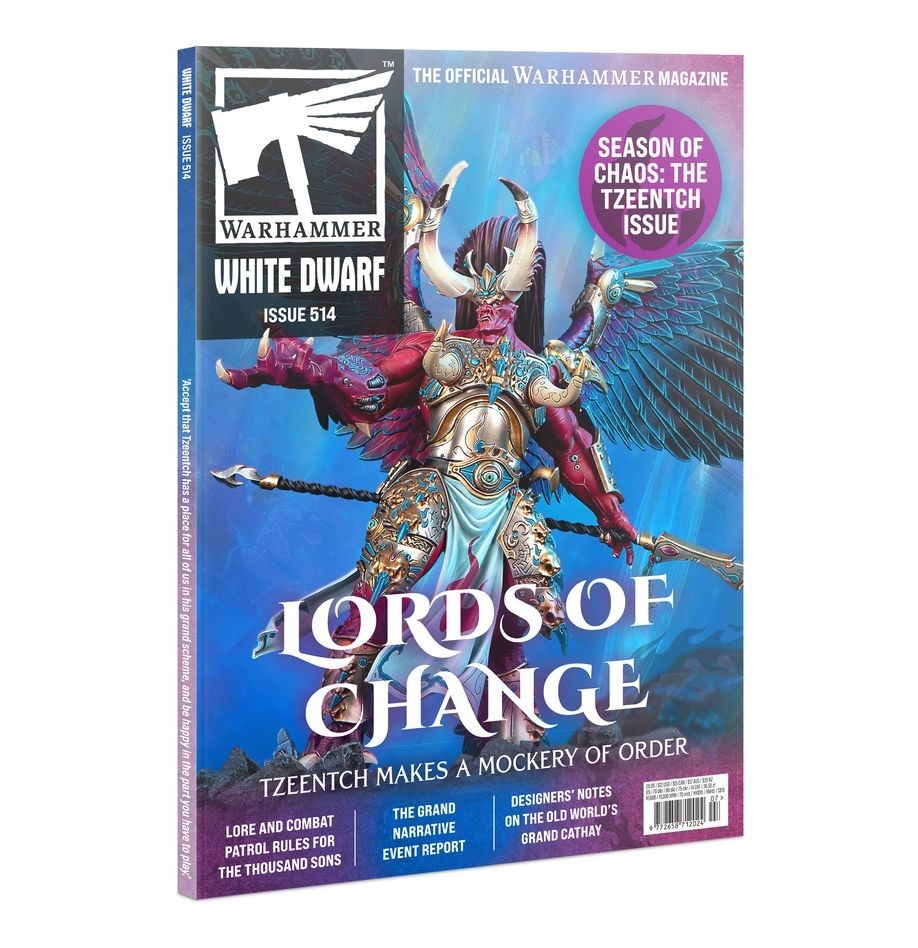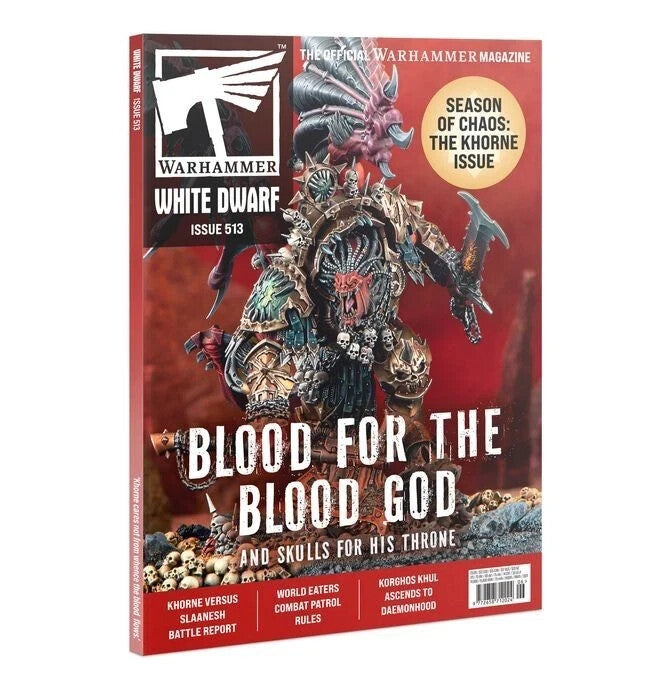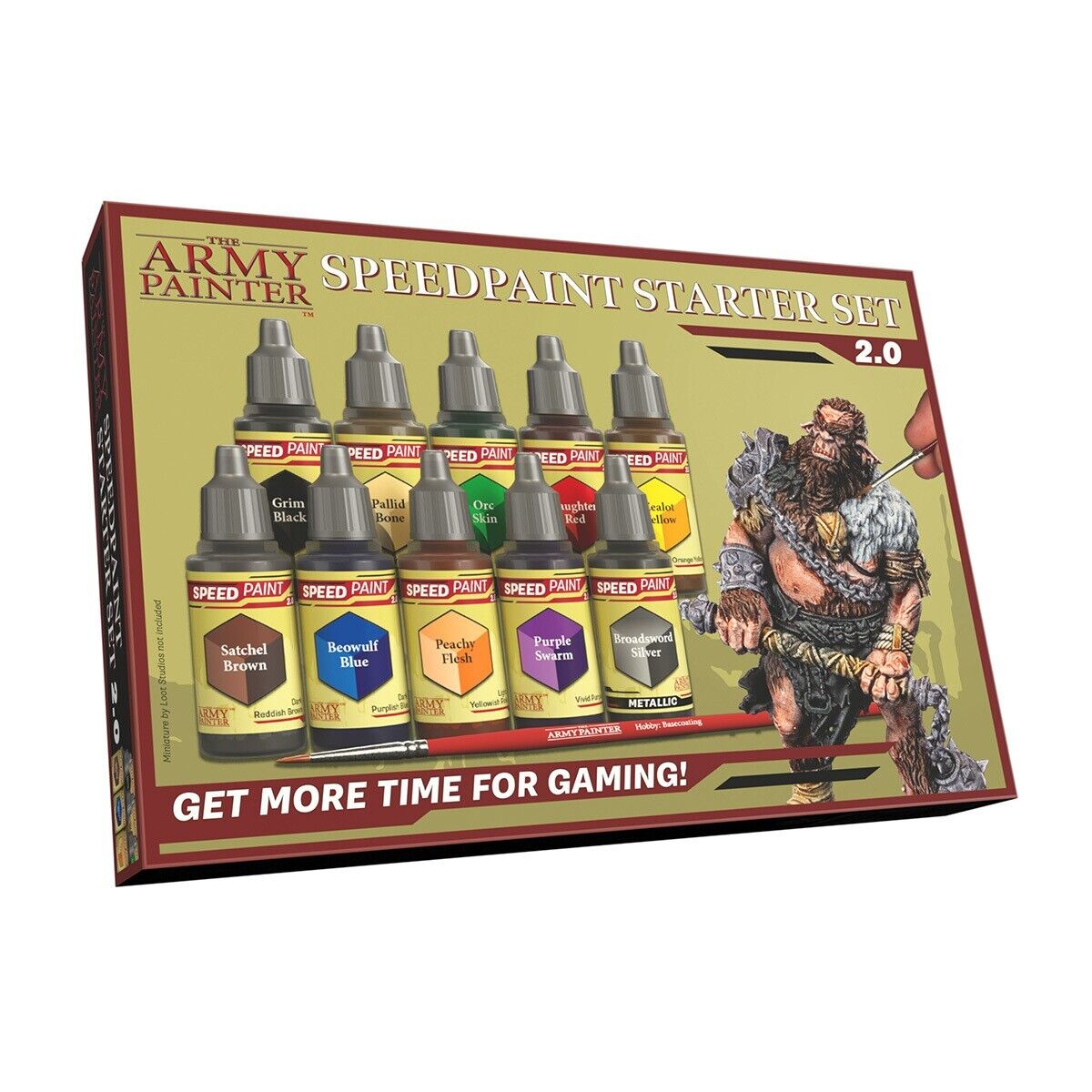We’ve all been there, your prized Warhammer miniature takes a dive off the table, or maybe it just randomly snaps during transport. Broken miniatures are a frustrating part of the hobby, but don’t panic! There are plenty of quick and easy ways to fix most of those pesky breaks.
Before we dive in, let me say this: there’s no one-size-fits-all solution. Each break or damage is different, and some miniatures might need a little more care than others. But these tips will work for most scenarios, if you find yourself with a break thats unfixable, then work with that, try and make it a part of the model.
When working with chemicals like super glue, epoxy resin, and plastic cement, always follow the manufacturer’s instructions. Use these materials in well-ventilated areas and consider wearing gloves to avoid skin contact. Take the necessary precautions to ensure safety during your repair process.
1. Super Glue – Your Go-To Fixer
This is probably the first tool most of us reach for when a miniature breaks. Super glue (or plastic glue, depending on the material) is incredibly effective and quick. For small breaks, like a weapon falling off or a piece of armour snapping, it’s often all you need.
But here’s a little trick I’ve learned over the years: less is more when it comes to glue. Apply a small amount of glue to both broken surfaces and hold them together for a few seconds. Too much glue can make a mess or result in an unsteady bond, so be sparing. If you’re working with larger parts, you might need a little extra time for the glue to set properly, so be patient.
And don’t forget, patience is key with this stuff! Let it cure properly before handling the miniature, or you risk snapping the repaired part again.
2. Plastic Cement for Stronger Bonds
If you’re working with plastic miniatures, plastic cement is a great choice for those tougher repairs. Unlike super glue, which simply sticks things together, plastic cement actually melts the surfaces of the plastic, creating a stronger bond. It’s perfect for reattaching parts that have broken clean off, like arms, legs, or heads.
The one thing I’ve learned with plastic cement is that it takes a bit longer to set than super glue, so give it a few minutes to hold the parts in place. You don’t need much—just a thin layer on each side of the break. It’s not the fastest solution, but it’s one of the most durable, especially for parts that are under a lot of strain during gameplay.
3. Pinning – For Extra Reinforcement
For more serious breaks, like when a miniature’s arm or weapon completely detaches from the body, I always recommend pinning. This involves drilling tiny holes into both parts of the break and inserting a small metal rod (a paperclip or a pin can work just fine). Then, you can glue both parts back together, with the pin reinforcing the bond. This gives the repair much more strength, especially if the piece needs to endure a lot of handling.
Pinning isn’t exactly “quick” in the traditional sense, but it’s definitely one of the most effective ways to ensure a long-lasting repair, and it’s surprisingly easy to do. Just take your time to align everything before the glue sets—mess this up, and you could end up with misaligned limbs or weapons.
4. Green Stuff – Filling Gaps and Smoothing Edges
If you’ve got a repair that leaves a visible gap or rough edges, green stuff (or similar modelling putty) is a lifesaver. For example, if you’ve broken off a sword or other thin piece, you might find that there’s a gap when you glue it back together.
This is where green stuff comes in. After repairing the broken parts, you can fill in any gaps or rough areas with a small amount of green stuff. Use a sculpting tool (or even a toothpick) to smooth it out and shape it to match the original contours of the model. Once it’s dry, you can sand or file it down, giving you a smooth, seamless repair. It might take a little more time, but for a cleaner, more professional-looking result, green stuff is great.
5. Epoxy Resin – For Heavy-Duty Repairs
When it comes to major repairs, or repairs to huge models, epoxy resin is the way to go. It’s not as quick as super glue or plastic cement, but it’s incredibly strong and durable. Mix the two parts of the epoxy, then apply it carefully to the broken parts. Be sure to position everything correctly, because epoxy can take a while to set, and once it hardens, it’s a tough bond.6. Don’t Forget to Touch Up!
Once the repair is done, it’s easy to think it’s all over and you can move on. But don’t forget to touch up the paint! Even the best repairs can leave behind tiny marks or bare spots. After everything has fully set, grab your paintbrush and make sure to clean up the area around the repair. I find that a little bit of careful brushwork can go a long way in making the repair look seamless.You might even want to add a little extra weathering or damage around the repaired area to make it look like part of the model’s character. Sometimes, a repair can give a miniature a bit of extra personality!
Repairs don’t have to be perfect. They just need to be functional. As long as your miniatures are stable and ready for the battlefield, you’re good to go. So, don’t let a little break ruin your day,just grab your tools, fix that miniature, and get back to the game!







